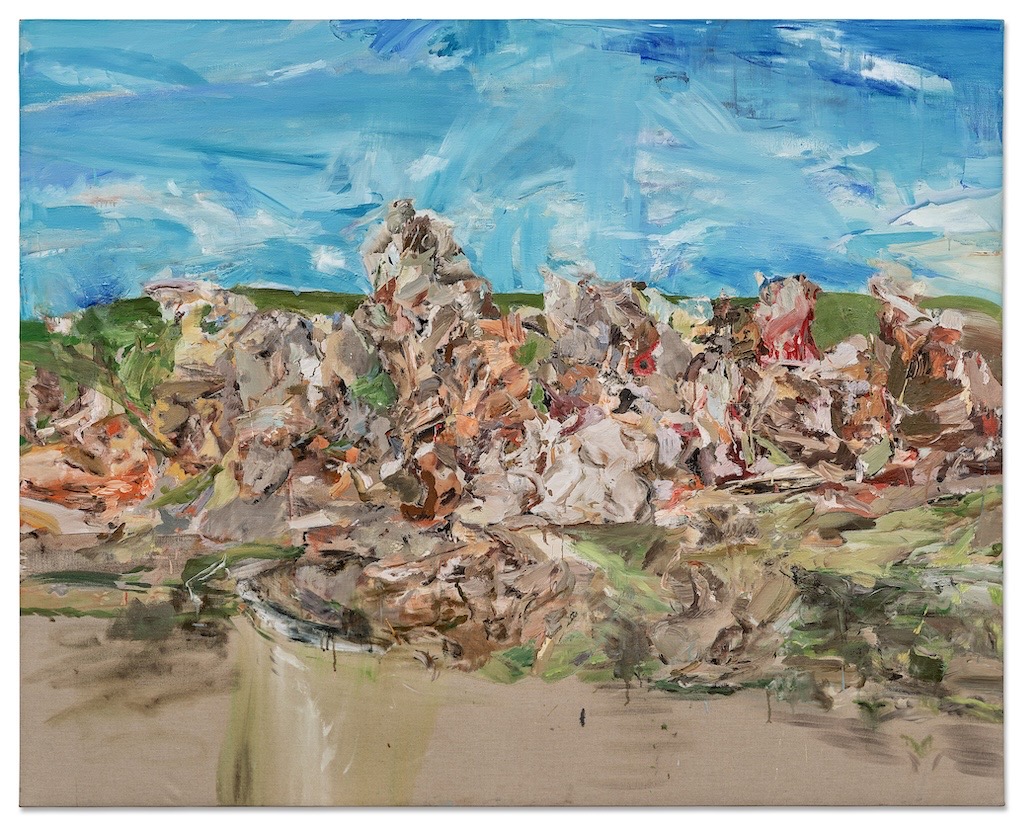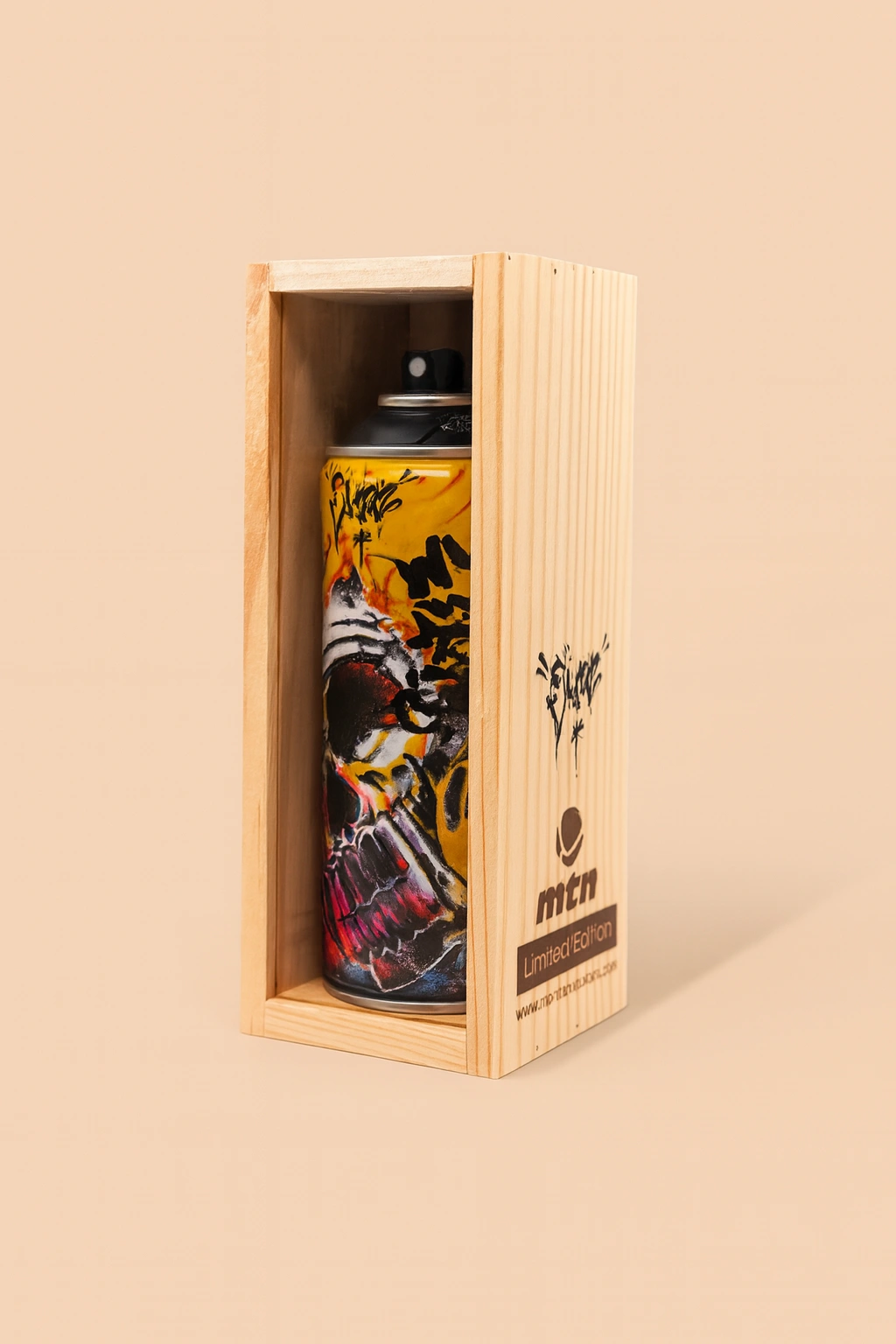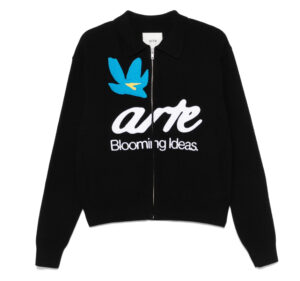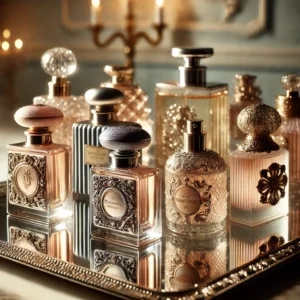Cecily Brown’s “Red Rum” (2001) is a testament to her unique ability to blur the boundaries between abstraction and figuration, inviting viewers into a world of dynamic energy, visceral intensity, and emotional complexity. The piece, painted with expressive brushstrokes and a vivid palette, captures the viewer’s attention not just through its bold aesthetic, but through the layered narratives that emerge from its seemingly chaotic surface. Brown’s work has often been described as a bridge between the painterly tradition of the Abstract Expressionists and a contemporary reimagining of figuration, and “Red Rum” serves as a prime example of this synthesis.
A Visual Storm: Dynamic Brushstrokes and Eruptive Forms
At first glance, Red Rum appears as a tumultuous field of reds, yellows, and earthy browns, with various shades blending and clashing to create a sense of movement and tension. Brown’s application of paint is both gestural and deliberate, combining thick impasto with areas of more fluid strokes, creating a texture that feels almost tangible. This visual turbulence evokes the work of Abstract Expressionists like Willem de Kooning, whose paintings similarly conveyed a sense of physicality and spontaneity.
The painting’s surface is dominated by swirling forms and fragmented shapes that suggest the presence of bodies and figures emerging from the abstraction. This interplay between the abstract and the representational is a hallmark of Brown’s style. In Red Rum, it’s as if the figures are struggling to break free from the paint itself, simultaneously coming into being and dissolving back into the tumultuous environment. This tension between visibility and obscurity is central to the emotional impact of the piece, as the viewer is left to navigate a visual maze that resists easy interpretation.
Exploring Themes of Desire and Violence
The title, “Red Rum”, immediately conjures associations with blood, violence, and the infamous palindrome from Stephen King’s “The Shining”, where “Red Rum” is revealed to spell “murder” in reverse. This sinister connotation permeates the painting, suggesting an underlying narrative of aggression, desire, and perhaps even destruction. The vivid reds and deep blacks reinforce these themes, invoking both the physicality of flesh and the intensity of raw emotion.
Brown’s work often grapples with themes of desire and eroticism, and “Red Rum” is no exception. The forms within the painting, though abstracted, hint at intertwined bodies, limbs, and torsos—suggesting a scene of frenzied intimacy that teeters on the edge of violence. The viewer’s gaze is constantly drawn into the canvas, trying to discern specific figures and gestures, but just as quickly, these forms dissolve back into the swirling abstraction. This push and pull between form and formlessness mirrors the complexities of human relationships, where desire can rapidly shift into conflict, and intimacy can become a site of both pleasure and pain.
Art Historical References and Influences
Red Rum also reveals Brown’s deep engagement with the history of painting. Her work draws upon a wide range of influences, from the sensuality of the Old Masters like Rubens and Titian to the modernist explorations of Picasso and de Kooning. In Red Rum, one can see echoes of the Baroque tradition in the swirling composition and dramatic use of color, as well as nods to the expressive figuration of post-war European painters such as Francis Bacon.
The fragmented forms and energetic brushwork in Red Rum also bring to mind Bacon’s depictions of contorted bodies caught in moments of intense psychological or physical strain. Brown, however, eschews Bacon’s stark isolation and existential despair for a more dynamic interplay of figures that suggest both union and conflict. In this sense, Red Rum can be read as a continuation of—and a challenge to—the traditions of figurative painting, where Brown pushes the boundaries of how the body can be represented and experienced on the canvas.
The Female Gaze and Subversion of Traditional Power Dynamics
Cecily Brown’s work has often been framed within the context of the female gaze, offering a counterpoint to the traditionally male-dominated history of figurative painting. In Red Rum, this perspective is evident in the way she depicts the body—not as an object to be passively observed, but as an active, sometimes ambiguous presence that resists easy categorization. The figures in Red Rum are not idealized or neatly defined; they are raw, entangled, and in constant flux.
Brown’s approach to the body can be seen as a subversion of traditional power dynamics in art. Rather than presenting the female form as an object of desire to be consumed by the male gaze, she renders it as a site of power, complexity, and autonomy. The figures in Red Rum defy passive consumption, instead demanding active engagement from the viewer. This is further emphasized by the way the forms seem to dissolve and reappear, as if challenging the viewer’s desire to pin them down or make them conform to any one reading.
A Tension Between Control and Chaos
One of the most compelling aspects of Red Rum is the tension it creates between control and chaos. Brown’s brushwork oscillates between tight, controlled lines and wild, gestural strokes, creating a composition that feels simultaneously structured and unhinged. This interplay is reflective of the painting’s emotional tone, which shifts from moments of quiet contemplation to bursts of frenzied energy.
The painting’s composition also reflects this duality. While the central area is densely packed with interlocking forms and colors, the outer edges of the canvas provide moments of respite, where the paint thins out and the eye is given space to wander. This contrast creates a sense of movement that draws the viewer into the heart of the painting, only to be pulled back out again. It’s a visual experience that mirrors the ebb and flow of desire, where moments of intensity are followed by pauses and reconsiderations.
Impression
Since its creation, Red Rum has been celebrated as one of Cecily Brown’s standout works, showcasing her ability to merge figuration and abstraction in a way that feels fresh and contemporary. The painting’s complex layering and intense color palette have made it a favorite among critics and collectors alike, and it remains a key piece in understanding Brown’s broader oeuvre.
Red Rum also speaks to the continued relevance of painting as a medium for exploring complex themes of identity, emotion, and power. In an era dominated by digital media and conceptual art, Brown’s work reaffirms the unique ability of paint to capture the fluidity and ambiguity of human experience. Her approach to the canvas—both assertive and open-ended—invites viewers to engage with the work on multiple levels, making Red Rum a piece that rewards repeated viewings and close contemplation.
Cecily Brown’s Red Rum (2001) is a powerful exploration of movement, desire, and the boundaries between abstraction and figuration. Its dynamic brushwork and complex layering of forms create a sense of emotional intensity that is both captivating and unsettling. By drawing on art historical references while subverting traditional power dynamics, Brown creates a painting that feels at once timeless and utterly contemporary. Red Rum stands as a testament to her skill as a painter and her ability to engage with themes of power, identity, and the complexities of human experience through the language of paint.
No comments yet.








